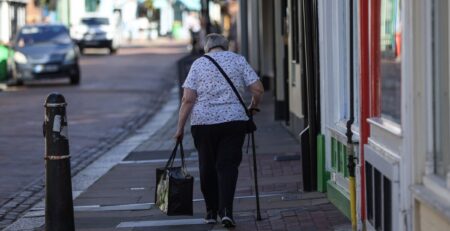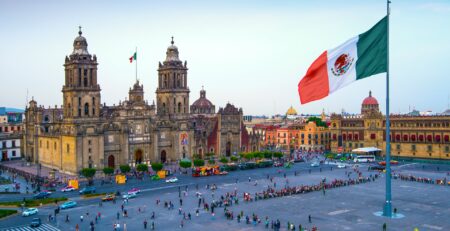US. Bridging The Retirement Readiness Gap With Focused Financial Literacy
Most Americans are behind the curve when it comes to their retirement readiness. However, there’s a significant racial gap in retirement readiness — especially between white and non-white individuals. As of 2016, 48% of white Americans between the ages of 30 and 59 were projected to be unable to maintain their standard of living in retirement, compared to 54% of Black Americans and 61% of Hispanic Americans, according to an analysis by the Center for Retirement Research at Boston College, using Federal Reserve data.
Add to that the aftershocks of the pandemic. According to a survey of over 2,000 U.S. adults from the Indexed Annuity Leadership Council (IALC), where I serve as executive director, 63% of surveyed Black Americans and 53% of Hispanic Americans had to access their savings to pay for daily expenses during the pandemic.
The truth is, there are larger forces at play that have long-term ramifications on the ability of Black, Latino and other non-white Americans to build and sustain wealth — an integral part of saving for retirement. Where our country can make an immediate difference, however, is championing financial literacy aimed at expanding traditional education and access to financial information for disenfranchised groups. Education is essential to close the retirement gap.
Wealth Gap Statistics
Black and Latino workers still earn less than white workers. As a result, while a 2013 study by the National Institute on Retirement Security found that white households had an average of roughly $112,000 in retirement savings, non-white households had just over $31,500. And in 2019, the median household wealth for white Americans was $188,200, which was 7.8 times that of Black households, which had a median of $24,100.
Read more @Forbes
306 views










